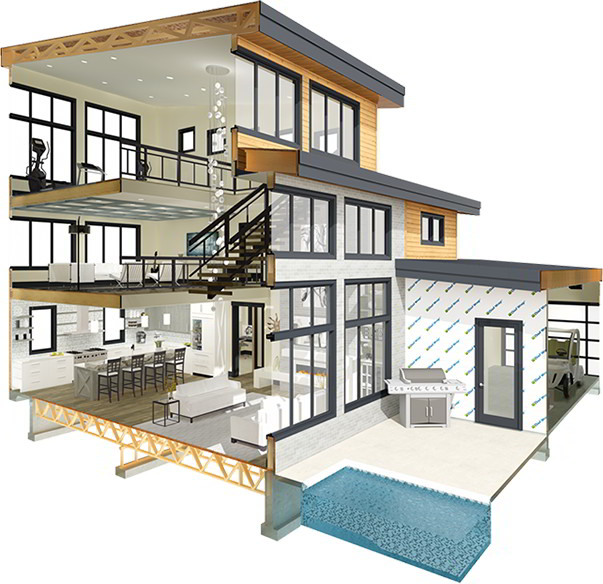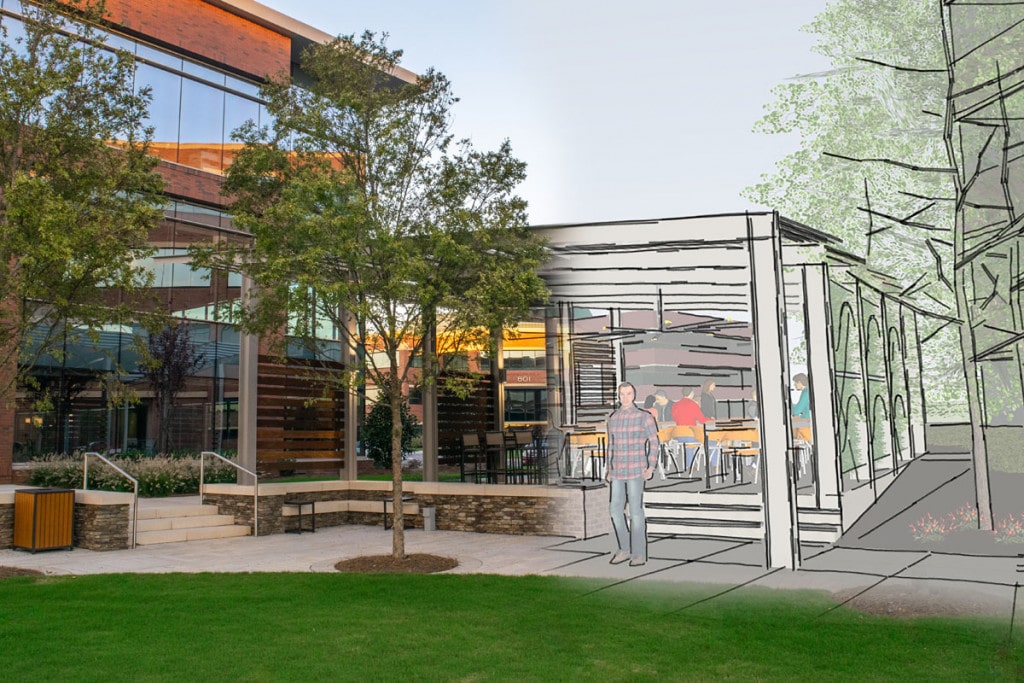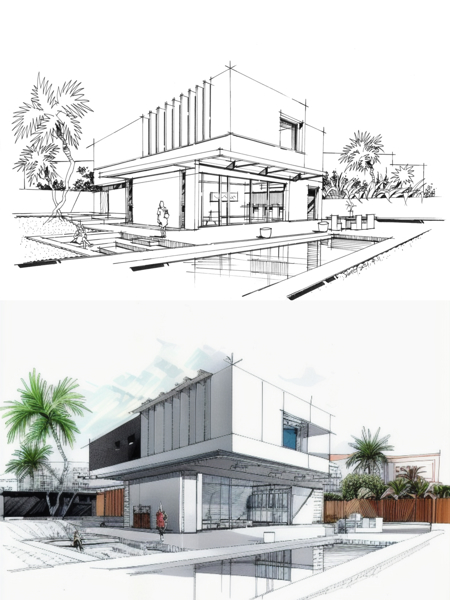Why CDA Architects Are Leaders in Architectural Design and Innovation
Why CDA Architects Are Leaders in Architectural Design and Innovation
Blog Article
An Extensive Overview of Architectural Styles and Their Impact on Modern City Preparation and Growth
Building designs have actually long worked as a mirror to the societal values and technical developments of their time, playing a critical duty in shaping contemporary city preparation and growth. From the grandeur of Neoclassicism to the utilitarian strategy of Brutalism, each design has presented distinct ideas that affect metropolitan aesthetics and capability. As modern difficulties emerge, including sustainability and neighborhood requirements, recognizing these historic structures ends up being essential. The resulting dialogue not only informs future layout practices however likewise raises essential inquiries regarding the equilibrium in between heritage and development in our evolving urban landscapes.
Historic Summary of Building Designs

As cultures transitioned via the Middle Ages, Gothic style arised, identified by its verticality and complex outlining, matching the spiritual ambitions of the age. The Renaissance marked a rebirth of classic suitables, merging art and style in cutting-edge manner ins which influenced subsequent designs across Europe.

Today, architectural designs proceed to progress, driven by globalization and sustainability problems, reflecting a vibrant interaction between heritage and technology. This historical introduction emphasizes the importance of design as a mirror of social evolution and as a driver for urban advancement.
Trick Architectural Styles Explained
The variety of architectural styles shows the myriad influences that form our constructed environment, each embodying unique features and social significances. Secret building designs consist of Timeless, Gothic, Baroque, Innovation, and Postmodernism, each representing unique historical contexts and aesthetic approaches.
Classic style, rooted in old Greece and Rome, stresses proportion, percentage, and using columns (cda architects). On the other hand, Gothic architecture, thriving between Ages, is defined by pointed arches, ribbed vaults, and flying buttresses, producing a heavenly high quality in basilicas. Baroque design, emerging in the 17th century, is marked by splendour, fancy ornamentation, and a vibrant interplay of light and darkness
Modernism, which acquired energy in the early 20th century, focuses on feature over form, using new products like steel and glass to develop minimalist frameworks. Postmodernism, responding against the austerity of Modernism, accepts eclecticism and historical reference, frequently incorporating spirited components and paradox.

Effect on Urban Preparation
In shaping the development of cities, architectural styles significantly affect city preparation choices. The selection of building design usually determines the looks, capability, and general personality of city atmospheres.
Moreover, building styles can affect zoning laws and land utilize policies. Urban organizers should think about the prevailing building fads when developing areas, making sure that brand-new advancements integrate with existing structures. This factor to consider fosters cohesive urban landscapes and boosts neighborhood identification.
The execution of details architectural designs can additionally affect socioeconomic elements within a city. As an example, premium modern styles may bring in upscale locals and services, leading to gentrification, while much more budget friendly real estate services may prioritize useful and sustainable styles to accommodate diverse populations. Inevitably, the interaction between building designs and city planning produces vibrant cities that mirror both historical context and modern needs, shaping the lived experiences of their inhabitants
Sustainability and Modern Design
Building styles play a critical role in attending to modern difficulties, particularly in the realm of sustainability. As city locations increase and environmental worries escalate, modern-day design increasingly embraces sustainable style principles that prioritize power performance, source preservation, and very little environmental impact.
Contemporary architectural movements, such as biophilic layout and green design, supporter for structures that integrate with their surroundings, utilizing natural materials and advertising biodiversity. These designs commonly incorporate renewable resource resources, such as solar panels and wind turbines, to minimize dependence on nonrenewable fuel sources and reduced carbon footprints.
Furthermore, the integration of sophisticated innovations, such as wise building systems, link enhances power monitoring, optimizing resource usage while making sure passenger convenience. Ingenious water management strategies, consisting of rainwater harvesting and greywater recycling, more contribute to sustainable metropolitan atmospheres.
Significantly, sustainability prolongs beyond environmental issues; it includes social and financial dimensions. By cultivating area well-being and advertising inclusivity, modern building designs straighten with sustainable advancement goals. Subsequently, the advancement of architectural techniques proceeds to shape resistant cities that not just meet the needs of the here and now however also guard the future for generations to find.
Neighborhood Involvement in Style
Area involvement in style works as an essential bridge in between designers and browse around this site the populations they offer, ensuring that the constructed setting reflects the requirements and aspirations of its individuals. This collective process invites community participants to add their understandings and choices, fostering a feeling of possession and duty toward the spaces they live in.
Reliable area engagement employs numerous approaches, such as workshops, studies, and public forums, to collect varied point of views. These methods promote a two-way dialogue, enabling architects to understand local contexts while equipping citizens to articulate their worries and desires. This inclusivity not just enhances the style quality yet likewise advertises social equity by dealing with the distinct obstacles encountered by marginalized teams.
In addition, community engagement can lead to ingenious remedies that may not arise in a standard layout procedure. By incorporating regional knowledge and social values, engineers can develop rooms that reverberate more deeply with customers, improving functionality and sustainability. Ultimately, prioritizing area engagement in layout procedures leads to settings that nurture social interactions, assistance wellness, and reinforce area ties, therefore playing a crucial duty fit modern metropolitan landscapes.
Conclusion
Building designs have greatly affected modern city planning and advancement, reflecting evolving cultural and technological contexts. The integration of historical appearances with contemporary needs promotes city environments that prioritize sustainability and area engagement. webpage As cities remain to grow and adapt, the ongoing dialogue between architectural heritage and contemporary design principles will certainly continue to be crucial in developing inclusive, vibrant rooms that improve high quality of life and promote social equity. The future of urban growth rest on this harmonious balance.
Report this page